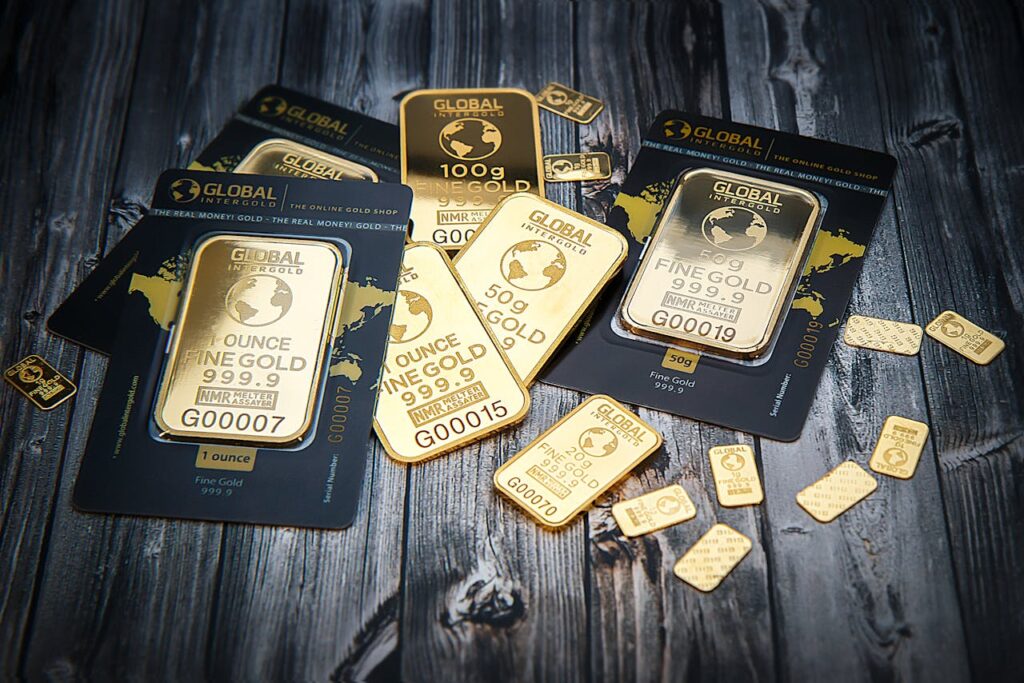
Investing in precious metals is an age-old approach to protecting wealth and mitigating economic volatility. Gold, silver, platinum, and palladium have long been regarded as safe havens, providing stability in a volatile financial environment. Being tangible assets, they provide security not matched by paper investments like stocks and bonds. This guide delves into the most important aspects of purchasing precious metals, ensuring that you are well-prepared to make informed decisions and capitalize on the opportunities they present.
Understanding the Different Types of Precious Metals
The first step in purchasing precious metals is to understand the various types available and what differentiates them. Silver is more readily available and finds many industrial uses like medical devices and solar panels. Often combined as the less-known precious metals, platinum, and palladium are highly important in electronics, car catalytic converters, and even jewelry. Every metal has unique market dynamics shaped by elements like industrial application, supply and demand, and geopolitical stability. Understanding these differences can help you to match your investing decisions to your financial objectives.
Evaluating the Forms of Precious Metals for Investment
You can buy precious metals in numerous ways, each with benefits and drawbacks. The most often used and direct approach to possess actual metal are copper bars and coins. While coins, usually government-issued, provide extra protection and simplicity of identification, bullion bars are usually bought by weight and are perfect for individuals looking to invest in larger quantities. Numismatic coins—which have worth beyond their metal composition because of rarity, age, or historical relevance—offer an additional option. Investors can also look into exchange-traded funds (ETFs) that track the price of precious metals, providing exposure without the need to store physical assets. Determining what best fits your investment strategy—whether it be for short-term gains or long-term wealth preservation—requires an understanding of these forms.
Factors That Influence Precious Metals Prices
A combination of elements, including market demand, geopolitics, currency value, and the general state of the economy, determines precious metal prices. For example, investors flock to gold as a safe haven during periods of economic crisis or inflation, driving up its price. When the economy is strong and interest rates rise, the appeal of non-yielding assets such as precious metals may decline. Particularly for metals like silver, platinum, and palladium, which are essential for many manufacturing operations, industrial demand also plays a significant role.
Assessing the Risks and Rewards of Investing in Precious Metals
Precious metal investments have a number of benefits, including portfolio diversification, inflation protection, and devaluation hedges. However, like any investment, it also comes with risks. For individuals looking for cash flow, precious metals might be unfavorable as they do not provide income like dividends or interest. Another issue is price volatility; whereas metals usually increase in value during recessionary times, they can also experience sudden decreases once the economy stabilizes.
Finding the Right Sources for Purchasing Precious Metals
Purchasing precious metals calls for careful selection of the supplier. Most investors choose reputable dealers as they ensure authenticity, quality, and fair price. Look for seasoned dealers with open pricing, good ratings, and a clear return policy. It is also wise to look for dealers who offer a buyback guarantee, which allows you to sell your metals back when the time is right. Online markets provide consumers looking for convenience access to a large selection of precious metals for sale, usually with reasonable prices and safe delivery options.
Conclusion
Purchasing precious metals entails more than simply selecting gold or silver. It necessitates a thorough understanding of the various types, forms, market influences, risks, and purchasing options. Equipping yourself with this knowledge allows you to make strategic decisions that improve your financial portfolio and provide long-term value in uncertain times. Whether you are a seasoned investor or new to the world of precious metals, understanding these critical aspects will allow you to navigate this dynamic market confidently.


